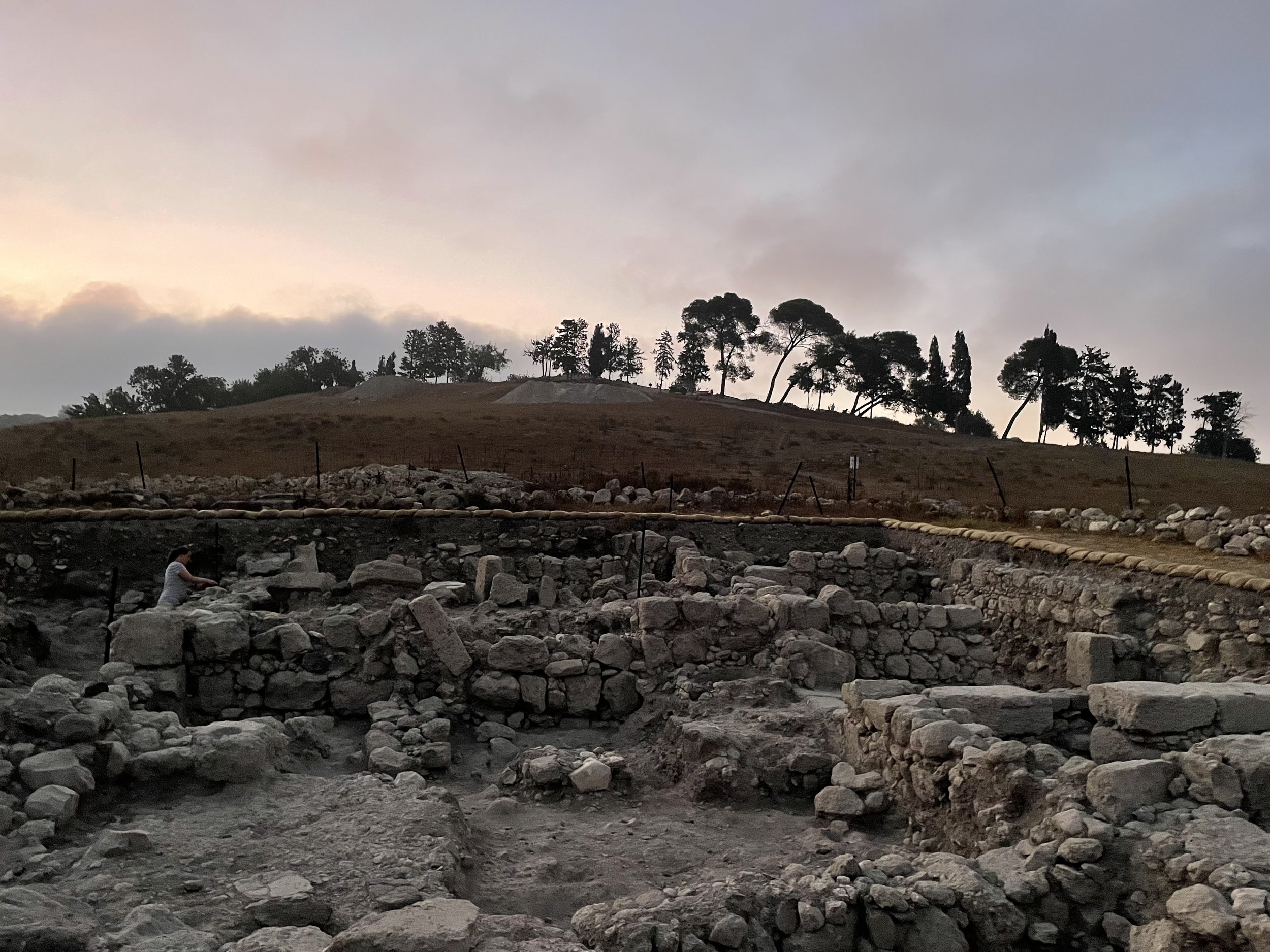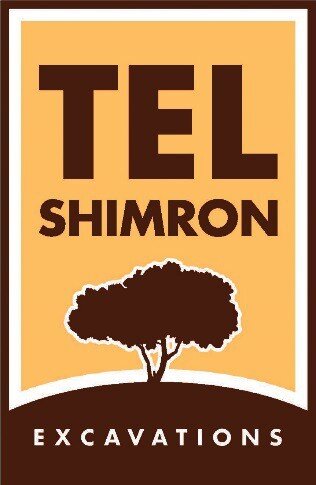
Late Bronze Age Research Questions
Survey seems to indicate that the Tel Shimron decreased in size in the middle of the second millennium (Raban 1982), but Tel Shimron maintained a position as a prominent royal city in northern Canaan, a position well attested in the Amarna letters. Within the Amarna letters Šammu-Hadi, the king of Shimron (Šamʿôna, Ša-am-hu-na), presents himself as a loyal vassal to Pharaoh and his representatives (EA 225; EA 261; EA 224). EA 224 further gives the impression that part of the local economy at Shimron was grain production, some of which was meant to supply Egyptian garrisons. EA 8, however, provides another picture of Tel Shimron’s activities in this period. This letter, written by Burraburiyash of Babylon to the Pharaoh, details the account of one of his caravans that was raided and looted by Šum-Hadda, presumably the same Šummu-Hadi from EA 225, and Sutatna of Acco. This text implies that during the Late Bronze Age Tel Shimron lay across an important high-traffic overland trade route connecting Mesopotamia to Egypt. The text also reveals an alliance between Tel Shimron and Acco, evidence that Tel Shimron had political connections and alliances to the west, a connection supported by finds of imported Cypriot materials in survey of the site (Raban 1982). Thus excavations of the Late Bronze levels at Shimron are perfectly suited for understanding both the northern caravan traffic as well as the inland diffusion of goods associated with the coastal plain and maritime trade.
Middle-Late Bronze transition: Egyptian historical information was one of the starting points in the effort to establish a Levantine chronology. However, available data are often sketchy and their misuse has caused havoc, with uncertainties of up to 100 years. This mainly concerns the transition from the Middle to the Late Bronze Ages (cf. Seger 1975; Kenyon 1979; Redford 1979; Shea 1979; Weinstein 1981; Dever 1987; Hoffmeier 1989; Bietak 1991; Burke 2010). Terminal Middle Bronze Age destruction horizons throughout the southern Levant were linked with early Eighteenth Dynasty Egyptian military campaigns. At first, the beginning of the Late Bronze Age was (conveniently) correlated with the beginning of the New Kingdom in Egypt. The destructions have been treated as an en-bloc event and were all attributed to Pharaoh Ahmose I, the first pharaoh of the Eighteenth Dynasty. Soon it became clear that the destructions occurred at different times in different regions, spreading over a period of roughly 100 years. In certain regions of the southern Levant, namely in the north, the Middle Bronze Age culture seems to have persisted longer than in others, maybe as late as the reign of Tuthmosis III—a paradigm mainly spearheaded by Bietak (1991).[1] To be able to bridge the chronological chasm between the different regions, a transitional MB IIC/LB IA phase was introduced, covering the reigns of Ahmose I (1540–1515 BCE) to Tuthmosis III (1457–1425 BCE, sole reign), whose first military campaign against northern Canaan (‘Battle of Megiddo’) presumably marks the transition between the LB IA and the LB IB. To date, it is still not possible to present differentiated regional models with a satisfying degree of certainty or precision. On the contrary, the remaining issues are the fundamental ones. Recent excavations at Megiddo confirm the intricate picture, where there is no evidence of disruption at the beginning of the Eighteenth Dynasty.
Egyptian Imperial Control: Excavation is necessary to understand whether the material culture of Tel Shimron is more closely linked to the coast or inland and the north, or if it serves as a central hub linking both of these areas. Shimron is also an ideal site for investigating the extent and nature of Egyptian involvement and presence in the region, especially in comparison to sites such as Beth She’an with its Egyptian garrison.
The End of the Late Bronze Age: At the end of the Late Bronze Age, a wave of destruction afflicted wide regions of the Levant and beyond. In northern Canaan, sites like Megiddo (VIIA) and the Egyptian garrison at Beth-Shean (Lower VI) met their violent end. Based on Egyptian finds, this end has been dated to the mid-20th Dynasty or the days of Pharaoh Ramesses VI (1152–1144 BCE). A statue base of this pharaoh was found at Megiddo, while the latest Egyptian royal name at Beth-Shean is that of Ramesses IV (1164–1156 BCE). Accordingly, the demise of Canaanite city states and Egyptian-controlled sites was tied to the end of the Egyptian hegemony. However, recent discoveries at Megiddo have shown that the destruction of the palatial district at the site may have come about one or two generations after the discharge of the Egyptian administration. If so, the end of the Late Bronze Age might have been an even more protracted process. We will be very interested to understand, how Shimron behaves in this period and whether the cultural sequence north of the Jezreel Valley swampland is closer to Megiddo or other northern cities such as Hazor.
[1] At Beth-Shean, for instance, a purely Middle Bronze Age stratum produced Egyptian pottery that already belongs to the early Eighteenth Dynasty (Mazar 2003: 328 note 5; Maeir 2010: 50, 118, 128).
Bibliography
Raban, Avner. 1982 Archaeological Survey of Israel: Nahalal Map (28) 16–23. Jerusalem: Archaeological Survey of Israel.
